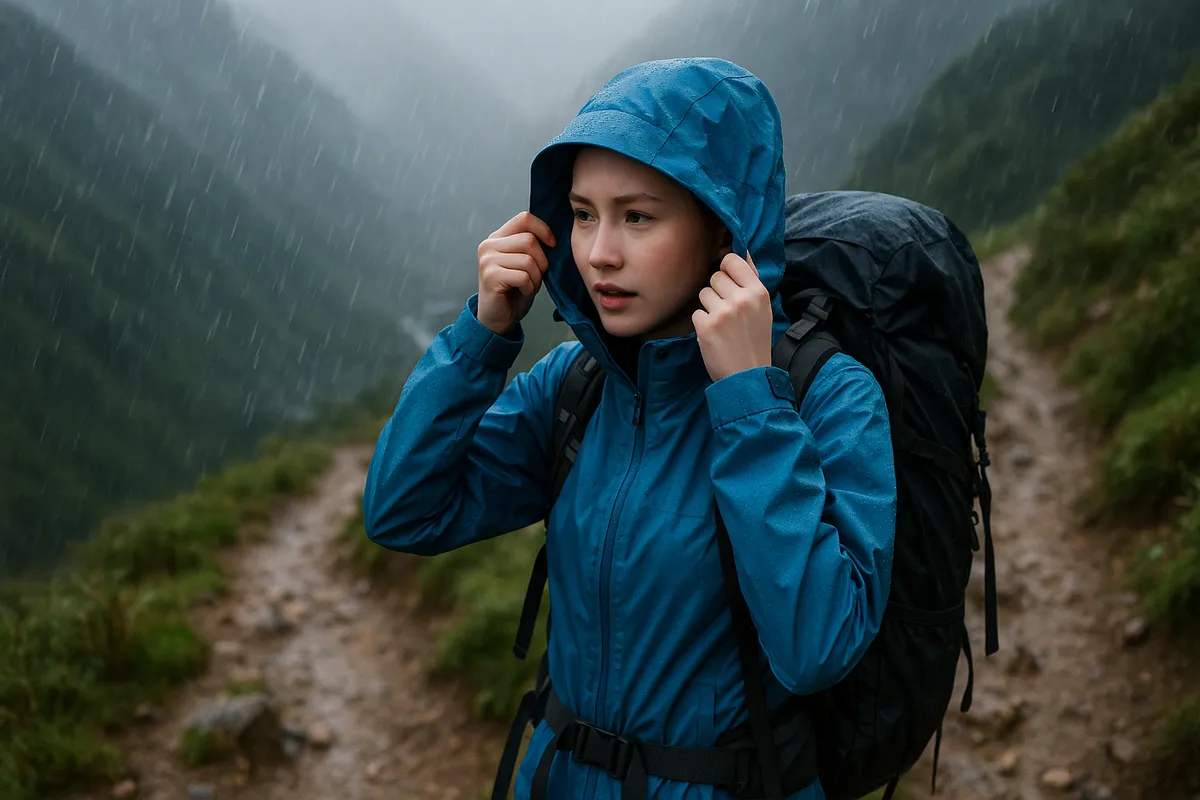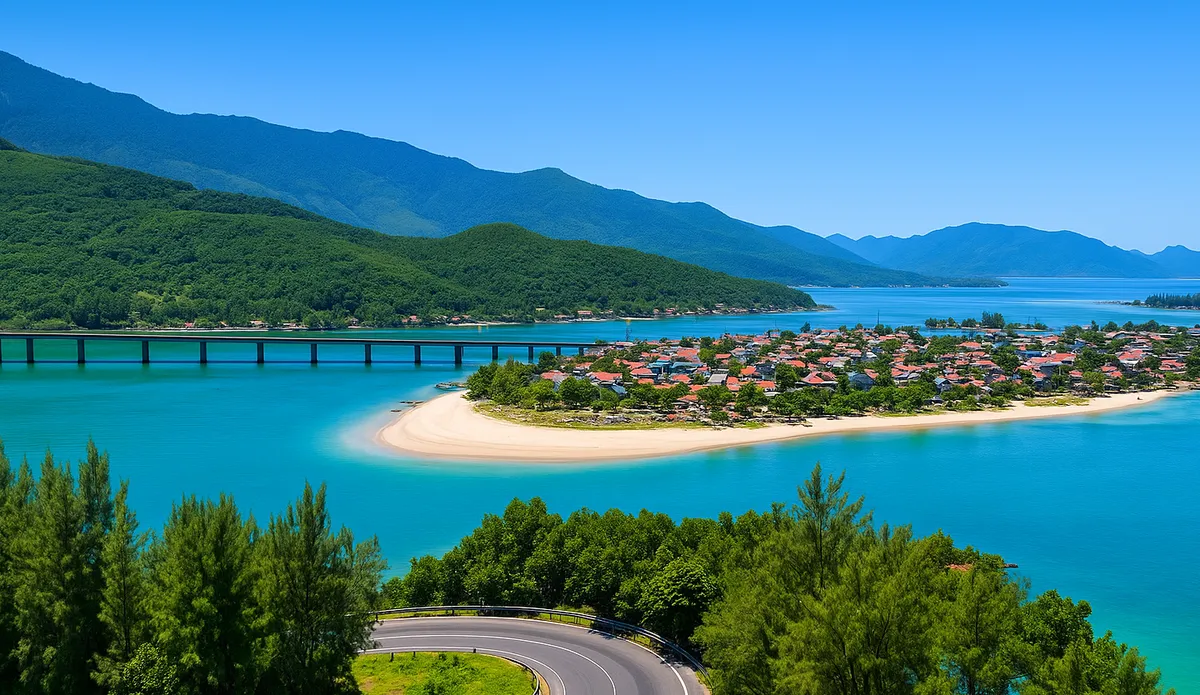Bac Ha travel experience for those who love going to the market
- Saturday, Jun 14, 2025, 18:57 (GMT+7)
Bac Ha travel experience for those who love going to the market
Bac Ha is a place where the beauty of mountains, the rhythm of highland life, and a unique sense of tranquility come together. It is not a destination for rush or noise but rather a space for those seeking a slow and immersive experience connected to local culture, native cuisine, and moments that linger in memory.
To reach Bac Ha in the most convenient way, many travelers choose to take a night train from Hanoi to Lao Cai, rest on board, and continue the journey early the next morning. From Lao Cai Station, the route to Bac Ha spans about 65 kilometers. This leg can be traveled by local buses, which take around 2 hours and cost about 70,000 VND. Renting a motorbike directly at the station is another flexible option, though it requires confident driving skills due to winding mountain roads and morning fog.
Another option is to take a sleeper bus directly from Hanoi to Bac Ha. However, this route has limited schedules. Several transportation companies operate this journey with ticket prices ranging from 250,000 to 300,000 VND, and the total travel time is around 7 hours. For small groups, renting a private vehicle offers more flexibility, especially when visiting remote villages or off-the-map attractions.
Bac Ha is well known for its rich cuisine that reflects the identity of the local ethnic communities. A standout dish is sour pho, a special type of mixed noodle that delivers a pleasantly tangy flavor. It is typically served with boiled pork, aromatic herbs, and roasted peanuts, creating a balance that surprises many first-time eaters. In the early morning, several small eateries around the central market offer this dish for about 30,000 VND per bowl.
Another memorable experience is enjoying men men and five-colored sticky rice at weekend markets. These humble dishes are made from finely ground corn or glutinous rice and require meticulous preparation. If visiting on a Saturday or Sunday, it is worth having breakfast directly at the market, where the mingling sounds of vendors, sizzling pans, and the warm aroma of corn wine combine into a highland symphony.
For accommodation, travelers can stay at homestays in villages such as Na Hoi, Lau Thi Ngai, or Ban Pho. These traditional stilt houses offer basic comfort, shared spaces, and cozy wood-burning stoves. Prices range from 150,000 to 300,000 VND per night. Staying at a homestay is not just about having a place to sleep, but also a chance to share meals, listen to stories, and gain insight into the daily life and traditions of local families.
Those who prefer privacy and modern amenities can opt for hotels in the town center. Some rooms offer mountain views, perfect for watching clouds drift by at dawn. Several local guesthouses also maintain consistent quality, with prices starting from 200,000 VND, ideal for short visits.
Bac Ha offers many enriching experiences. Hoang A Tuong's Residence is a must-visit site with its blend of Eastern and French colonial architecture. Once the home of a powerful family, the mansion has been carefully restored and now welcomes visitors into a space of historical charm. From the second-floor balcony, one can see the quiet town resting between forested hills.
For outdoor lovers, trekking to villages like Ta Van Chu, Thai Giang Pho, or walking around Na Co Lake offers rewarding moments. In spring, plum blossoms cover the hillsides in white. During summer, endless green cornfields stretch toward the horizon. These villages retain their traditional character, making each journey feel genuine and deeply personal.
Between May and early June, Bac Ha enters its plum season. Markets overflow with fresh Tam Hoa plums that are crisp, slightly tart, and juicy. Some families allow visitors to pick fruit directly from their orchards. In March, visitors may witness the traditional bareback horse racing festival, where locals guide their horses using only voice and skill, without saddles or reins.
Photography in Bac Ha is more than capturing memories. It is a way to reflect the harmony between people and nature. A popular spot is Na Hoi Hill, where fields of yellow mustard bloom brightly in early winter. The area around the weekend market also provides vibrant scenes from traditional brocade stalls and wild orchid vendors to rustic food stands. The best time for photography is between 6:30 and 8:00 in the morning or from 16:00 to 17:00 in the afternoon when the light is soft and flattering.
A few practical tips can make the trip smoother. Nights in Bac Ha are colder than expected, even during summer. It is advisable to bring a light jacket and sturdy walking shoes. When shopping at the market, inspect brocade quality closely and ask sellers directly about the product origin. Avoid buying corn wine from unverified vendors, as some may use unsafe ingredients. Instead, visit local households that distill wine using traditional methods, and sample a small sip to ensure it has a smooth, natural flavor.
For those who want to experience an authentic market scene, arrive early between 6:00 and 7:00 in the morning. This is when the local rhythm is most evident before tourist crowds appear. If planning to visit Can Cau Market, depart early from the town center, as it takes more than an hour to reach and the market peaks in the morning.
Traveling to Bac Ha does not require a complex itinerary, but it does benefit from thoughtful preparation. Each step along the winding paths, every glance exchanged in a quiet village, or each dinner by the hearth leaves behind a distinct impression. These moments do not always come from grand landmarks, but from the sincere interactions and untouched beauty of this unique highland land.

 CHECKIN.VN
CHECKIN.VN








Share on